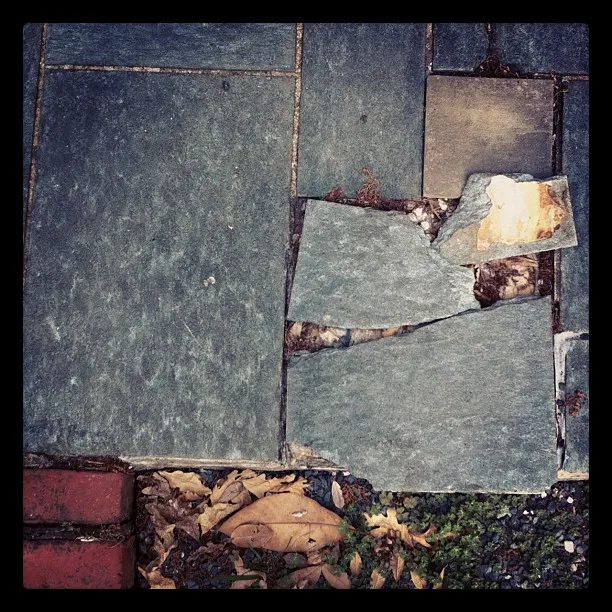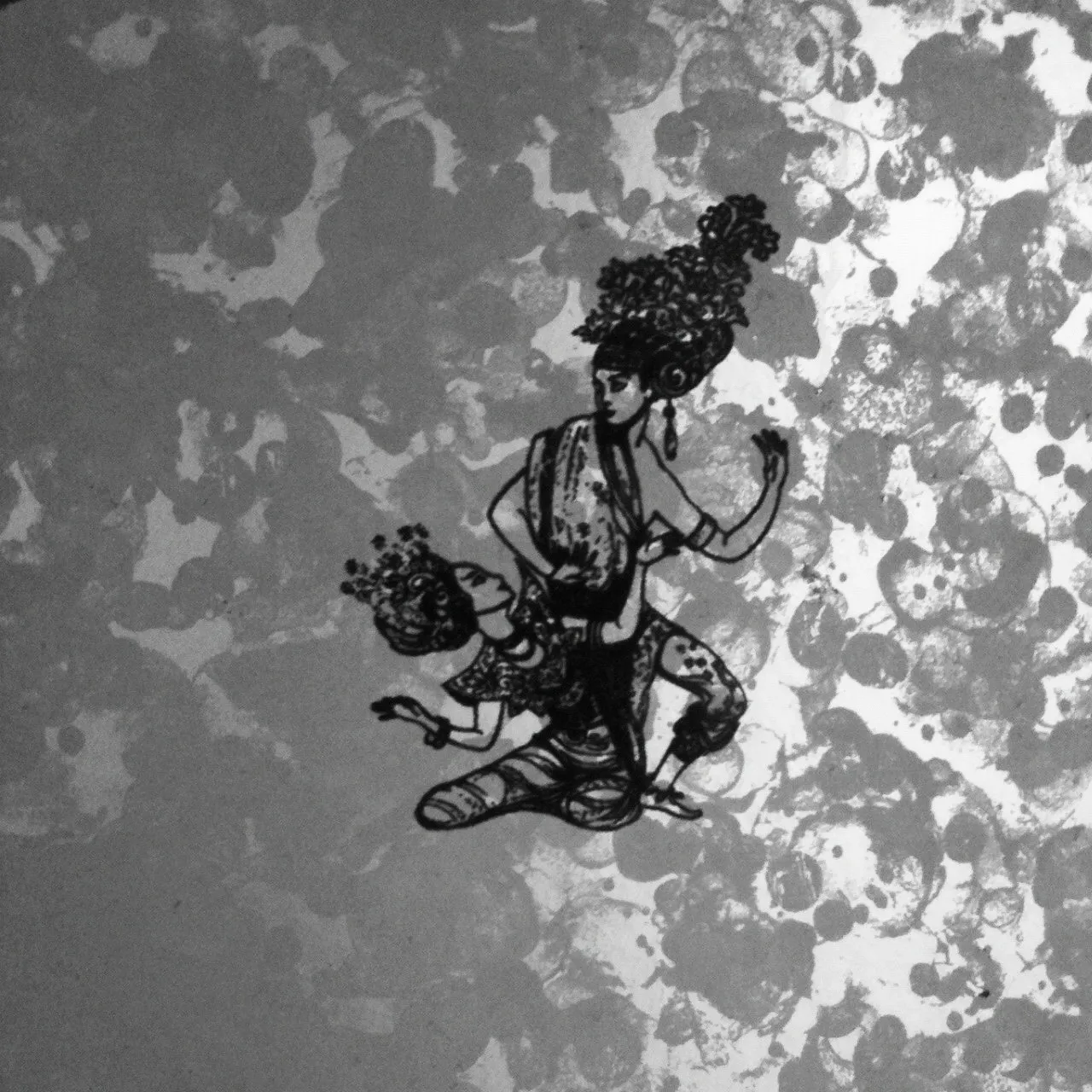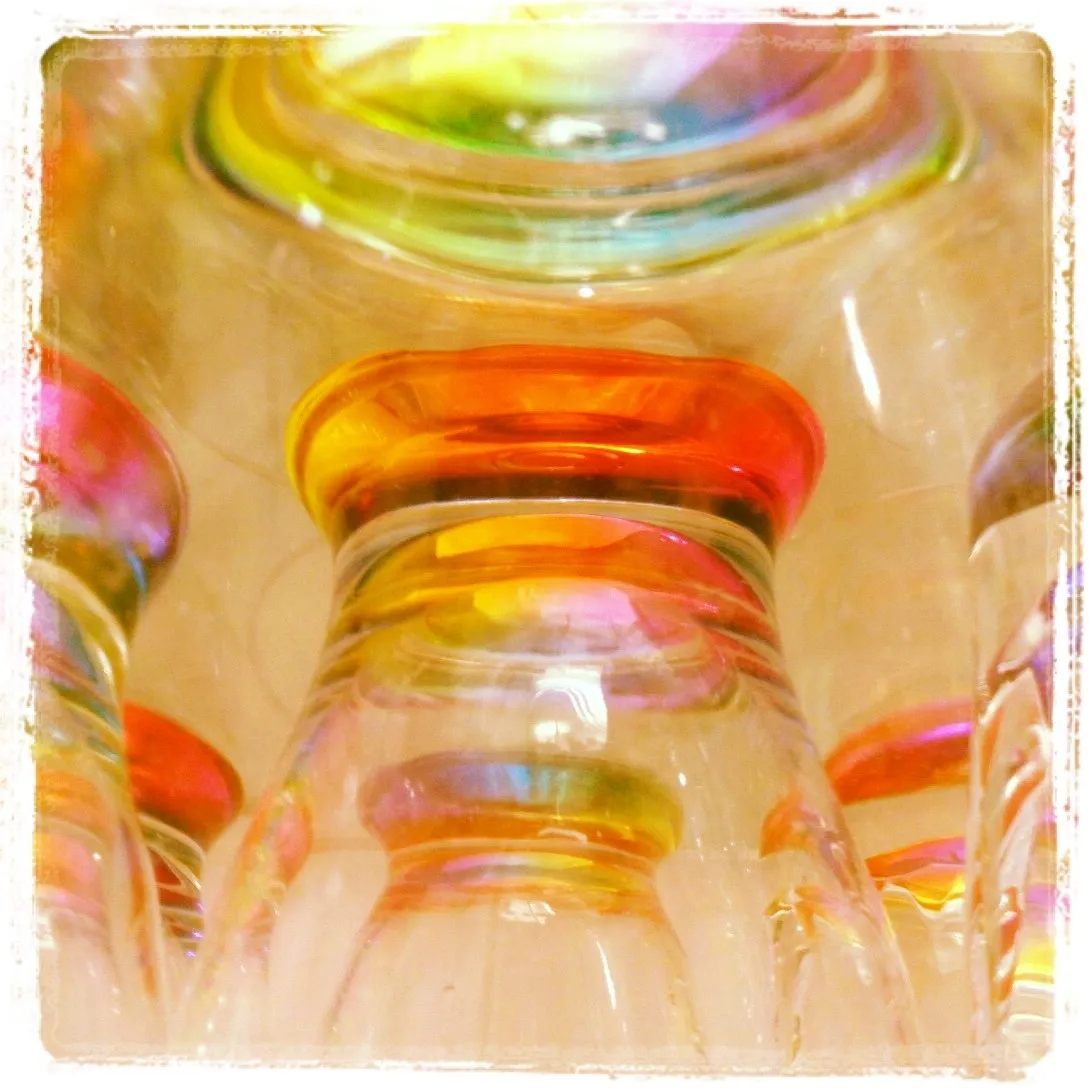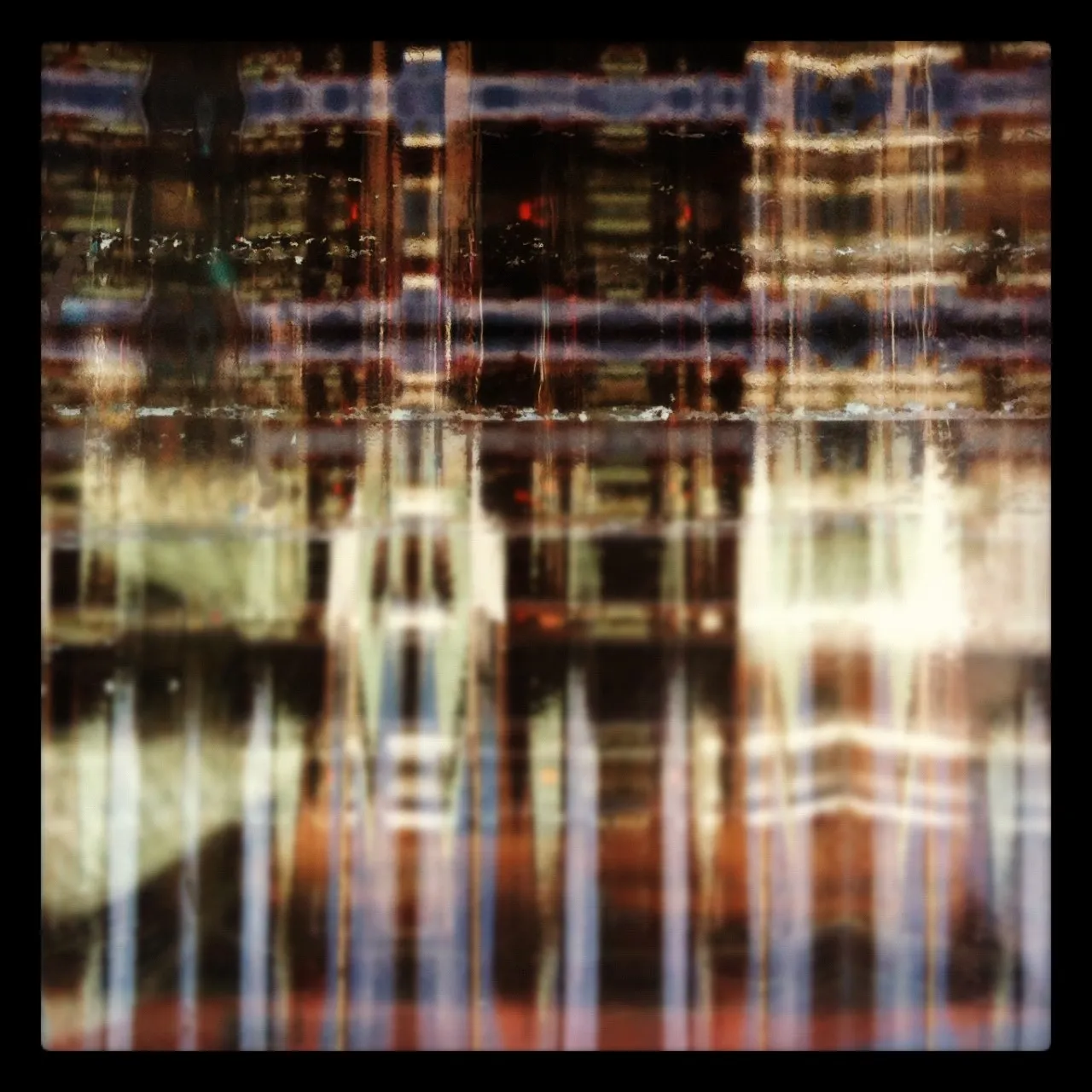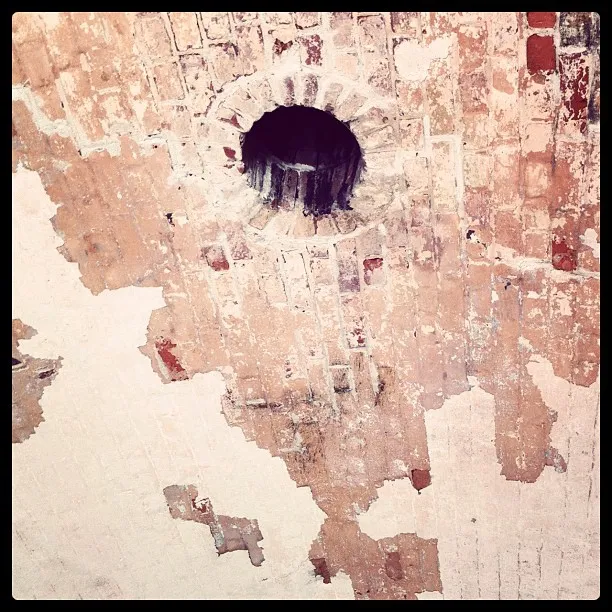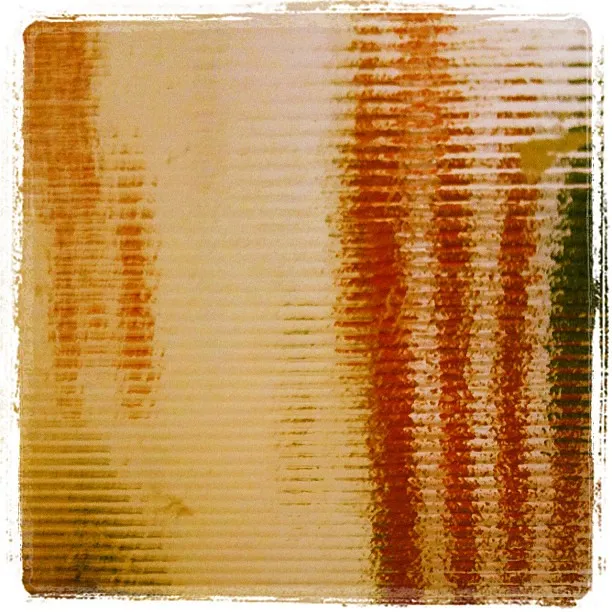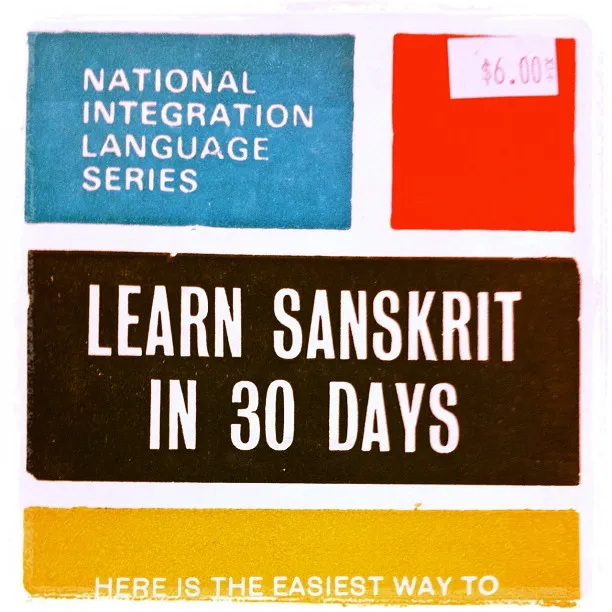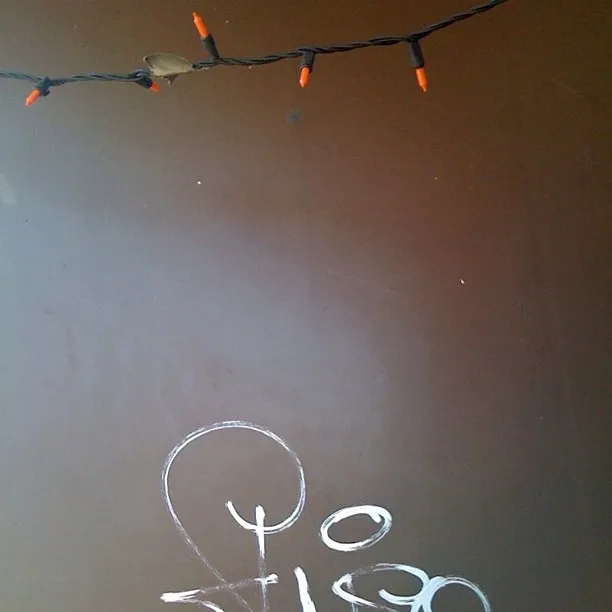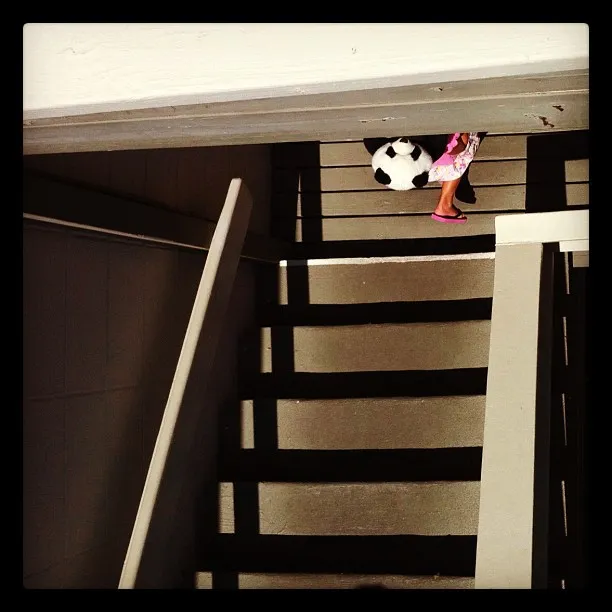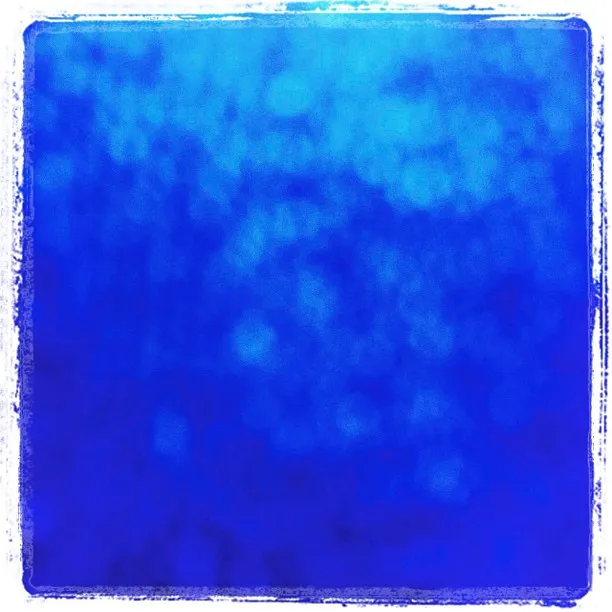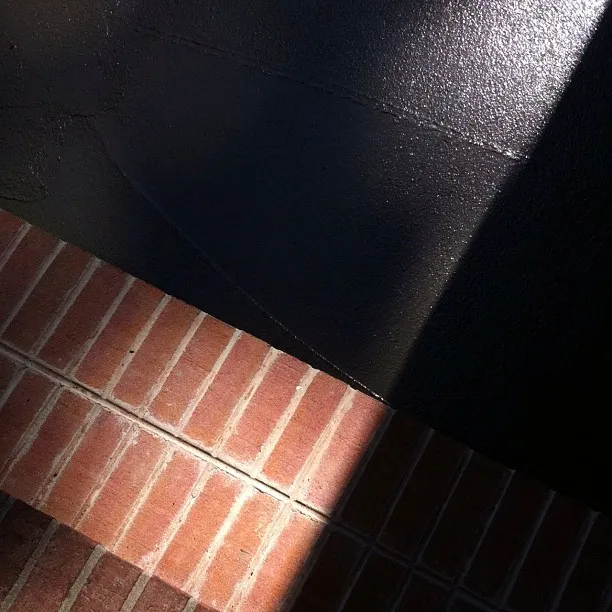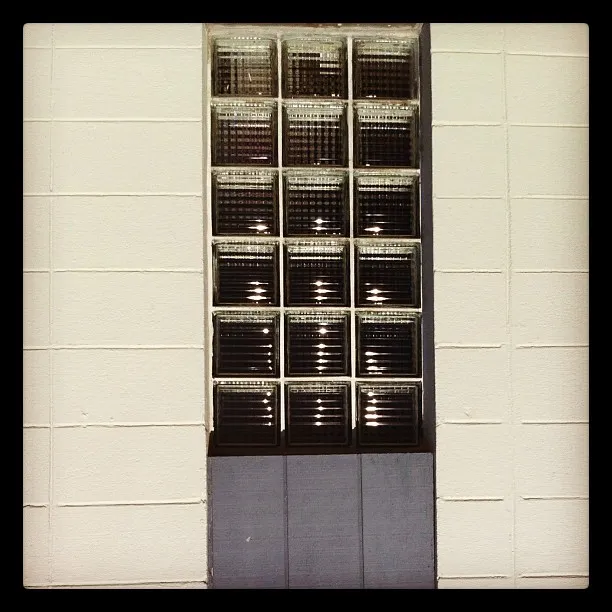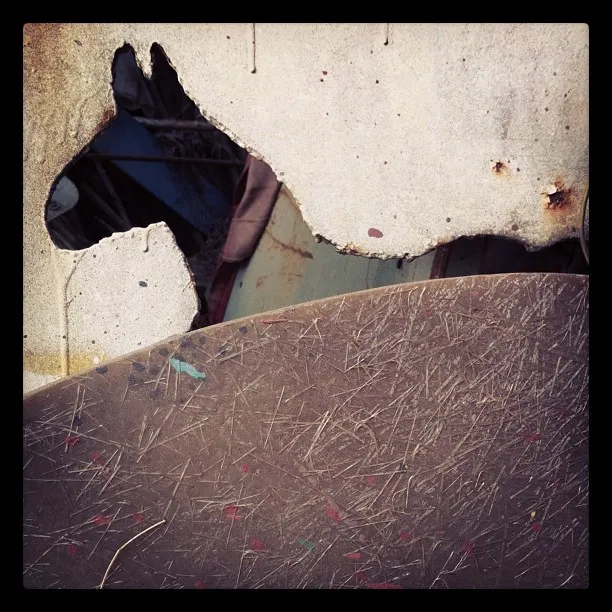24-Hour Flu Celebrating 24 Hours of Being Part of the Problem
From midnight May 16 to midnight May 17, 2012, I posted an image to Twitter, Facebook, and Instagram every five minutes. 288 images total. Each one pulled randomly from my iPhone’s camera roll by a number generator, then filtered through Instagram’s early aesthetic to create a false sense of coherence.
The captions are a collage of found tweets, platform syntax, and deliberate nonsense: “OH: I’m too shamed walking round Walmart with these high water work pants” appears hours before “LOL!! Check out the crack on this guy. He was wearing some high water work pants!” Self-portraits get captioned with someone else’s overheard conversation. A blurry photo becomes “Fuzzy Image.” Abstract shots are labeled “Abstract Interlude” with increasing exhaustion. By Hour 12, there’s an “INTERMISSION.” By Hour 16: “My timing was off but I posted the photo anyway. #needtostayrelavent”
This wasn’t careful curation—it was a performance of the compulsive production social media demands. The randomness reveals what’s actually in anyone’s camera roll: bad selfies, TV screens, overprocessed sunsets, accidental art, vacation snapshots, inside jokes that aren’t funny to anyone else, photos that should have been deleted. The garbage we all produce, made visible only by refusing to edit it out.
The work mimics the attention economy’s rhythm while exposing its absurdity. Post every five minutes for 24 hours and you’ll feel the physical toll of digital productivity—the expectation to share, perform, and stay relevant without pause. The fatigue is intentional. The project isn’t about the images; it’s about the posting itself: the labor, the compulsion, the narcissism, the futility.
What emerges is a portrait of social media in 2012, when Instagram filters and Foursquare check-ins felt like participation, when “RT” and ”@” created the illusion of conversation, when posting was performance and feeds felt like community. The captions reference themselves, quote others without context, and create a closed loop of semi-coherent language that feels both meaningless and oddly familiar—exactly like scrolling.
The title references both viral contagion and the project’s own viral aspirations. It’s self-aware about being part of the problem: the noise, the narcissism, the endless scroll. The work doesn’t critique from outside the system—it performs the system until the system becomes visible. The closing image is captioned “The Egress!! #fin”—P.T. Barnum’s exit sign disguised as one more attraction.
Ultimately, 24-Hour Flu celebrates its own irrelevance. It’s a durational joke about staying visible, a quietly exhausted meditation on what it means to feed the machine, and a document of the garbage we willingly produce when the only requirement is that we keep producing.
Essay written: November 2025

